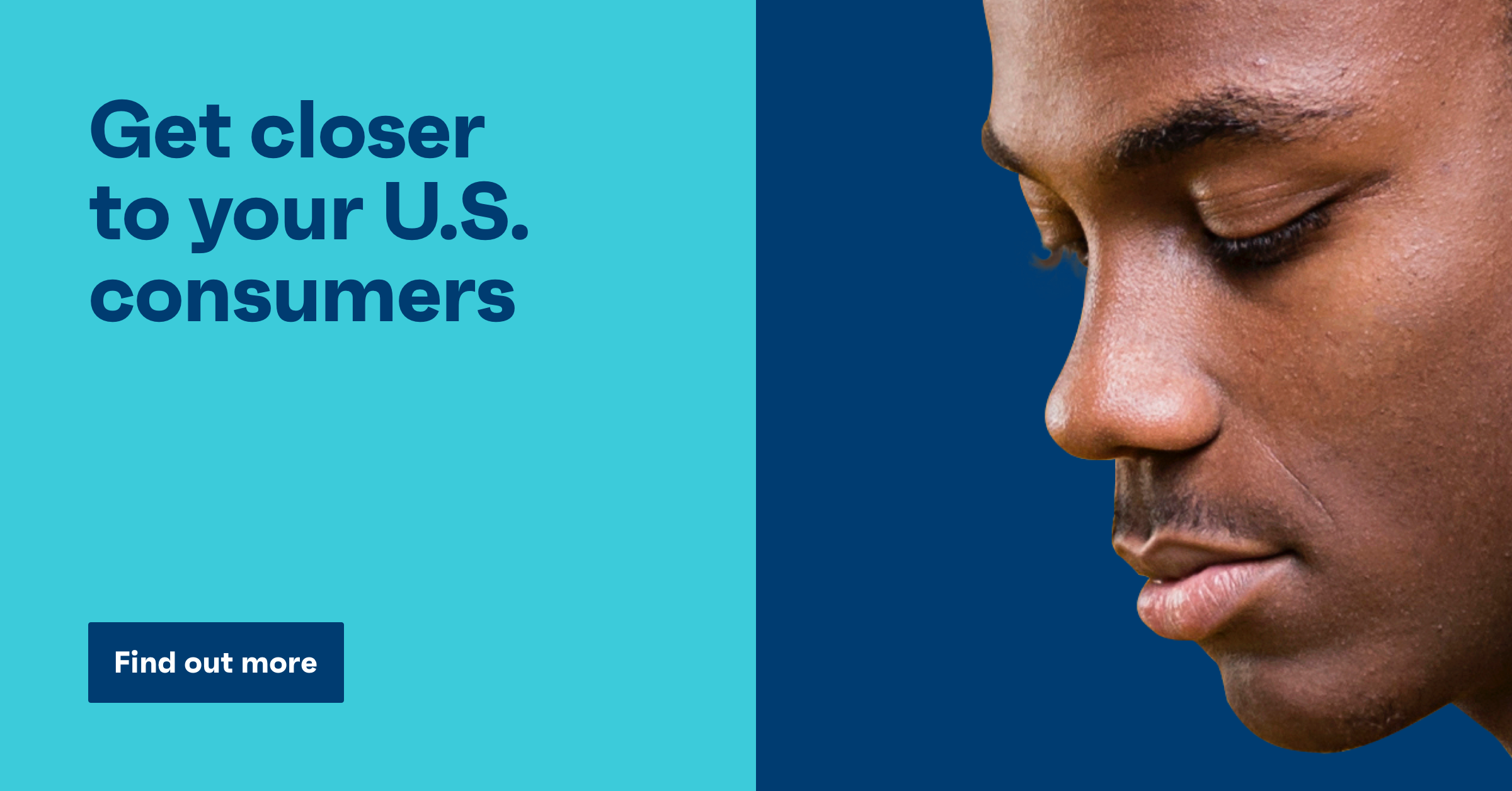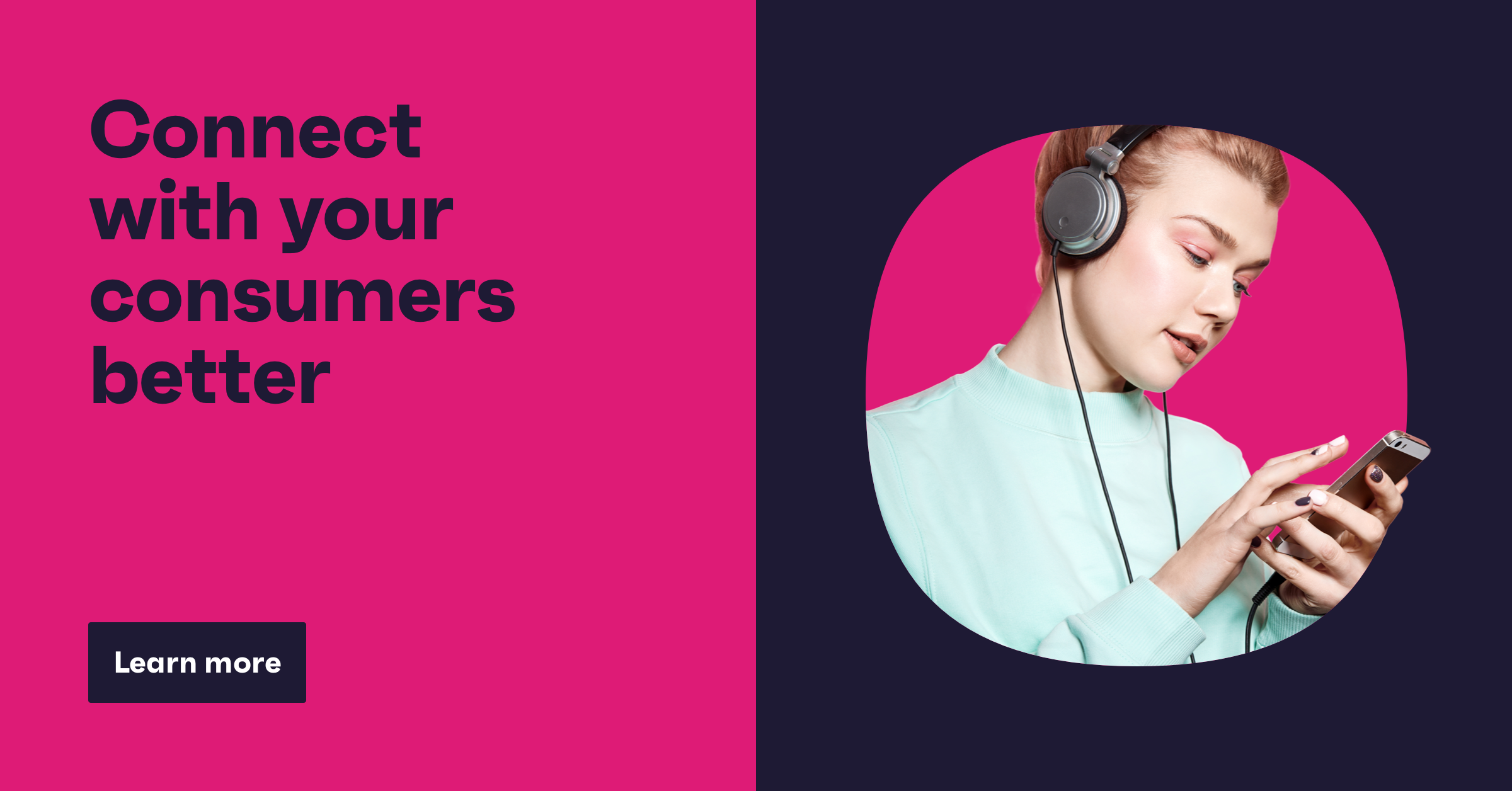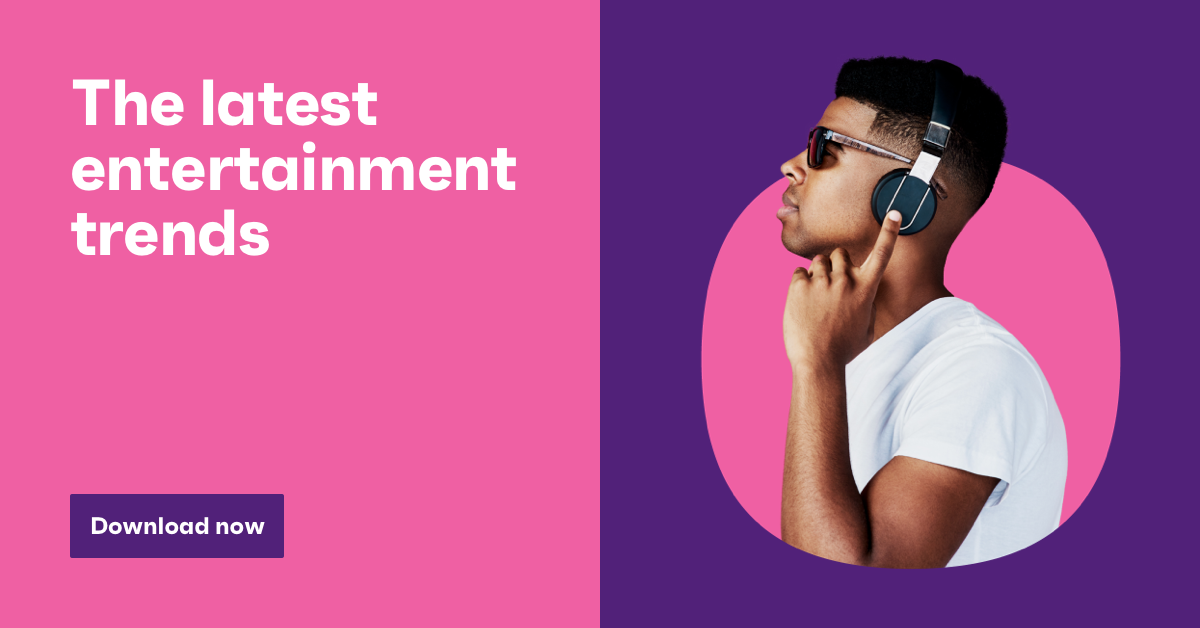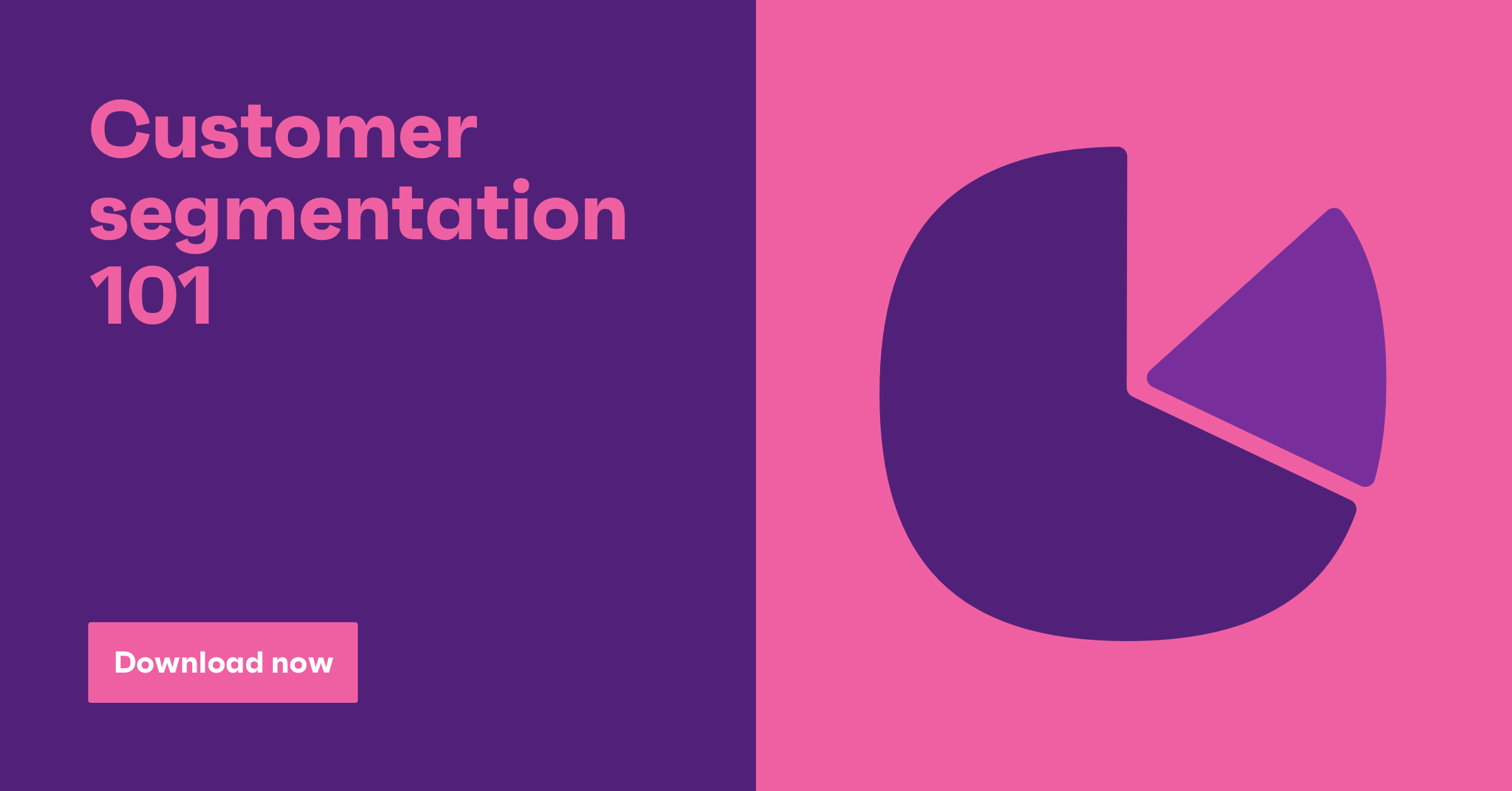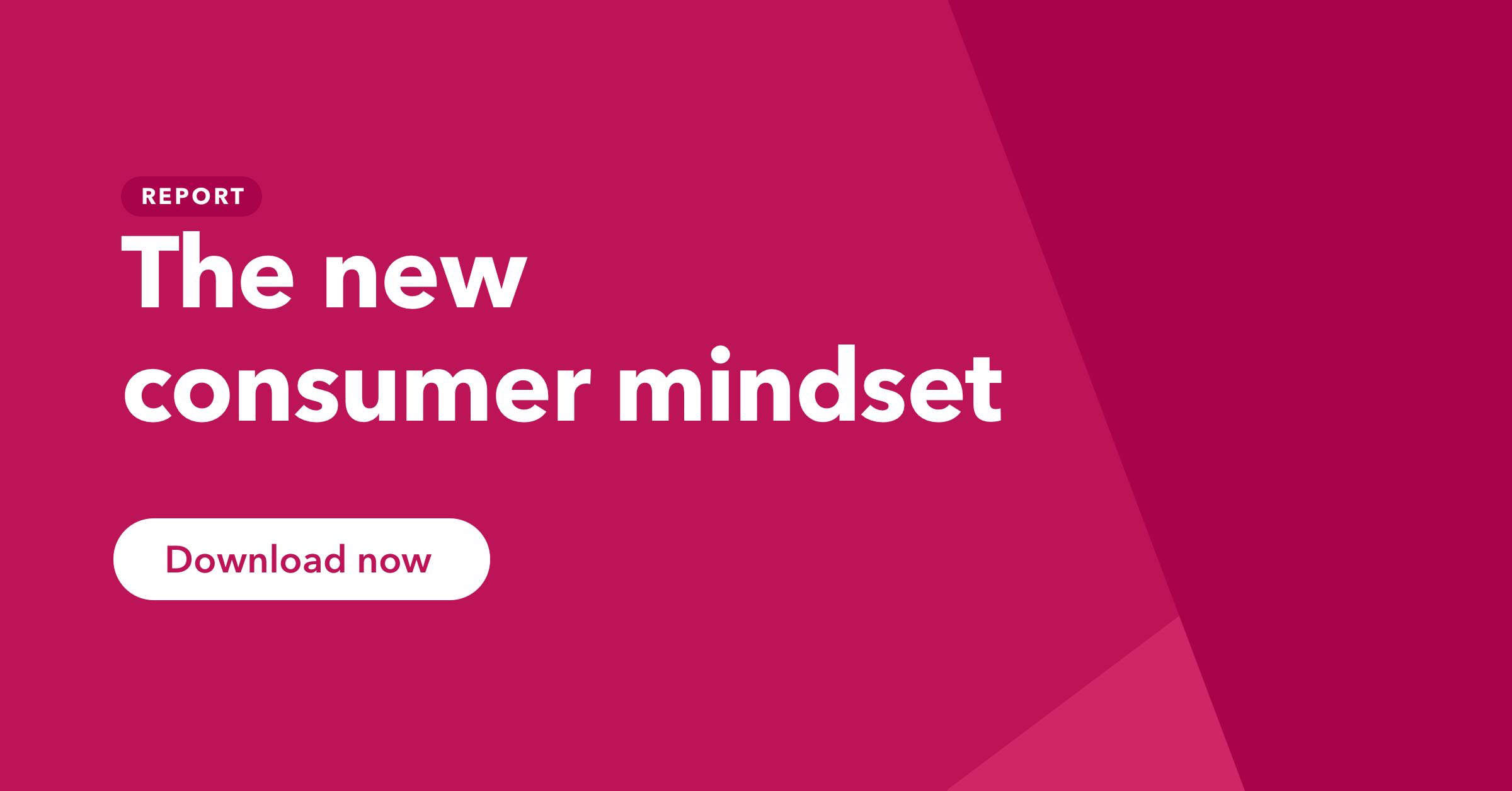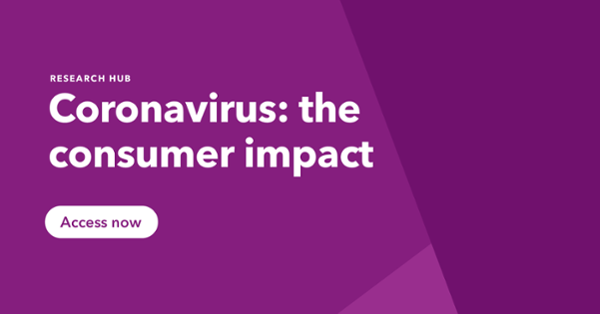
Many are now calling the COVID-19 pandemic and its fallout The Great Reset. The economic, political and human impact has been huge, and while consumers find themselves adapting to new ways of working and living, businesses find themselves facing up to the daunting and uncertain prospect of rebuilding.
To rebuild, they need to understand what’s changed, and separate hype from reality.
It’ll be years before we realize the true extent of what’s changed in 2020, but in the first of this two-part series, we’re looking closer at the major consumer trends and shifts our research has uncovered this year so far. Here’s what we’ll answer:
- Is the TikTok hype legit?
- How have spending habits changed?
- Should tanking economic confidence deter marketers?
- Why is it time for online education to shine?
Global lockdown, multiple outcomes
It’s pretty rare that most of the world gets told to stay at home for a prolonged period of time. But just because most of the world has found itself in a similar position in 2020 doesn’t mean we’re seeing a uniform picture in changing consumer behaviors – far from it.
Societies went into lockdown at different times and for different lengths, cases have peaked at different rates between countries, consumer groups have reacted differently to spending more time at home, climate has impacted how people use their home space, different economy types have impacted the scale of remote working between countries…
Our research across 46 countries is consistent and harmonized, meaning we can get the full picture of what’s happening on the ground, and why.
Yes, the TikTok hype is legit.
Can we really talk about 2020 without mentioning TikTok?
The social platform has certainly given people an outlet for creativity during lockdown, offering a platform for light-hearted content at a time it was needed most.
Our data shows not only has time spent on social media risen during the first half of 2020, nearly every social media platform has seen a boost in monthly engagement.
But nothing compares to TikTok’s success in this timeframe.

During lockdown, TikTok experienced a +72% growth in monthly visitation on a global level between Q3 2019 and Q2 2020. In Latin America, that growth sits at an astonishing +185%; perhaps the biggest rise in social platform visitation we’ve ever seen in such a short time-frame.
In North America, it’s not hard to see why potential buyers are racing for the chance to acquire TikTok’s regional operations, or why marketers are adding TikTok as a staple in their marketing mix.
It’s the only other region aside from LatAm where visitation growth has surpassed the 100% mark in the first half of 2020.
Spending patterns haven’t been universal.
During the so-called “Great Reset”, it seems through forced circumstance or abstinence, people and organizations have gained new perspectives.
Brands strategizing recovery are reconsidering the efficacy of media channels they’ve had to do without, company leaders and CEOs are rethinking the role of the office space, and consumers are reassessing their living environments as they’ve spent more time indoors.
This is reflected in our purchase category data, but true to the complexity of the consumer behavior shifts caused by COVID-19, spending shifts tend to differ by region and demographic.
Younger people, above all, have contemplated their surroundings during lockdown and are now looking to make improvements to their environment. It’s important to note that purchase trends are typically more subtle than others we see in our data set, and figures typically remain modest.
But over the course of lockdown, we’ve seen small but unmistakable indications of consumers shifting their spend towards in-house or home improvement purchases.
These trends have been most pronounced in Western Europe and North America. These are typically service economies – meaning there’s a higher proportion of white-collar job sectors compared to more manufacturing-based economies in fast growth countries. This results in a larger number of people able to work remotely in service economies.

Between Q4 2019 and Q2 2020, the rate of consumers aged 16-34 in these regions who say they intend to purchase a sofa in the next 6 months has increased by around 4 percentage points (12% do), having risen incrementally over the past two quarters.
From our research so far, out of all behaviors adopted or increased during lockdown, consumers are most keen to carry on their exercise habits. This is also reflected in our purchasing data.
In Q2 2020, we witnessed the largest number of consumers looking to buy home exercise equipment since we started tracking this.
Elsewhere, smart home tech has also appeared on young consumers’ purchasing radars in these regions. Again, we found that ownership of smart home devices rose to a point never seen before in our data in Q2, largely thanks to the 1 in 10 16-34 year-olds having purchased a smart home assistant in the past 3-6 months.
There’s another factor to consider when looking at these figures.
These countries are in the temperate zone of the Northern hemisphere. From a seasonal perspective, the most drastic lockdown measures coincided with the beginning of spring and lasted throughout most of summer in the Northern hemisphere.
As the weather improved in these temperate regions (more so than usual in Western Europe), those lucky enough to have an outside space to enjoy seem to have been incentivized by lockdown to invest in these spaces. This might be why we see the uptick in purchase intent for garden furniture in these countries.
Q2 was crunchtime for financial hopes, and for marketers.
From March to July, our dedicated 17-country COVID-19 research took stock of economic confidence as the pandemic unfolded. Two things became obvious.
- First: concern about the financial impact of the virus grew and was the least acute in China.
- Second: expectations for personal finances were much rosier than those seen for national economies.
With our latest wave of core research, we now have the benefit of trending economic confidence. This allows us to benchmark pre-pandemic confidence levels against that seen during the most disruptive months of 2020, when societies were firmly in the “adjustment” phase of the pandemic response.

For most of the world outside China, lockdown didn’t begin until March, so the fact that the dramatic swings in confidence didn’t occur until Q2 is to be expected. Even so, there was an indication that at least some were bracing themselves for economic shocks to their economy in Q1. Between Q1 and Q2, the rate of global consumers who expected their country’s economy and their personal finances to get worse in the next 6 months grew by +72% and +99%, respectively.
Marketers’ reactions to such economic turmoil have ranged from one extreme to the other, with some global brands doubling down on brand investment and others freezing their ad spend. But financial gloom hasn’t undermined the importance of advertising, it’s just created a new set of priorities and expectations for advertisers to crack.
To crack them, they need to stay close to their target consumers using reliable, frequent and granular psychographic data which contextualizes consumer behavior. When marketing budgets are under more pressure than ever, this kind of information can help ensure your marketing dollars aren’t going to waste.
Throughout the second quarter of 2020, consumers were telling us that they wanted to hear from brands, that they supported brand advertising, and that they had certain expectations of companies in terms of extending empathy through flexibility and discounts.
Meanwhile, online purchasing has increased, and the majority of consumers in the UK and U.S. expect to spend as normal in the run up to Christmas.
So despite the worldwide recession, consumer spending intent is still there. It’s their expectations that have changed.
You can assess the true impact of the pandemic on your own target audiences in our platform with a free account.
The pandemic has accelerated demand for online education – especially among younger age groups.
If lockdown gave people a new perspective on their belongings and immediate surroundings, it also gave them a chance to put their futures more into focus too.
It’s been a strange time for education in general. While school-age children and parents have battled with home-shooling, colleges and universities have moved their learning models online out of necessity, more or less putting the spectrum of university institutions on an equal footing with distance learning-based models.
This puts the most prestigious universities under pressure to defend the aura of scarcity attached to their highly selective learning experiences – an aura which up until now has been unquestioned. This is just another fascinating development resulting from the fact that the pandemic has accelerated the growth of online education.
The impact of lockdown in incentivizing people to pursue online learning opportunities is evident throughout our data. But this eagerness for self-development has been most acute among 16-34 year-olds.

Most notably, Q2 saw a boost in the number of 16-34s who say that they use the internet for education and study-related purposes. This shift coincided with a considerable jump in the rate of 16-34s who say they’re currently studying for an undergraduate degree – a jump which happened in every region with the exception of the Middle East and Africa.
Many might assume that this new wave of lockdown students can be attributed to widespread job losses, temporary lay-offs and those who have had their hours reduced. That’s not necessarily the case.
Our COVID-19 research across 17 countries revealed those whose jobs have been negatively affected by the pandemic are as likely to be currently studying a student course as those who have been left professionally unscathed. Only people who say they’ve been temporarily laid off by their employer are slightly more likely to say they’re currently studying for course.
That tells us the trend towards online education isn’t just a product of unfortunate circumstance. It’s potentially much more profound.
Automation is now entering white-collar work. There’s a continuing disconnect between demand in the labor market for modern skills, and supply of those skills in national education curriculums.
This has led to concern over the job security of future workers who may need to frequently retrain to compete with artificial intelligence and automation. Our Work data set already shows these technologies are being harnessed across industries, and that there’s a lot of interest and enthusiasm in scaling their application. These can be forces for good, but they can also be extremely disruptive in the labor market.
The idea of education systems extending far beyond age 18, and of retraining and upskilling being a fact of future modern working lives, is not new. But our 2020 data on online education indicates that it’s now approached a unique opportunity.
After decades of education cost hikes far outpacing inflation in countries renowned for their learning institutions, the lockdown learning boost has come at a time when technology has vastly improved the virtual learning experience.
Many more affordable online learning institutions which have invested in this technology are currently operating within the same rules of engagement as traditional universities, many of which are only now adapting to distance learning. This is online education’s time to shine.
Key takeaways on the new consumer landscape
- Many trends instigated or accelerated by COVID-19 haven’t been universal. The world may have been subject to the same threat, but the reactions and outcomes have typically differed along the usual lines of demographics, culture and geography.
- Spending habits are a case-in-point. More time indoors has given people the chance to reflect on their homes. Countries with higher rates of remote working and those whose lockdown experience was characterized by summer weather have typically opted for home improvement purchases.
- As we enter one of the biggest recessions in modern history, consumer confidence has tanked. Marketers may be tempted to put their plans on ice, but instead they should be adjusting their plans to a new set of consumer expectations.
- It’s a pivotal time for online learning, and an uneasy time for more traditional higher education institutions. The virtual learning experience has benefited massively from tech advancements, and lockdown has not just increased enrollment, but it’s also put the education sector on a more equal footing.
- TikTok is one platform that’s seen unprecedented growth. It’s seen huge growth during lockdown and has a high profile in the media – the hype is real.
Leveraging our leading survey with over 40,000 different data points to explore, this is by no means the extent of changes during the course of 2020 so far.
Look out for our next blog in the series looking at why older consumers have experienced the most transformation in digital behaviors as a result of the pandemic.








